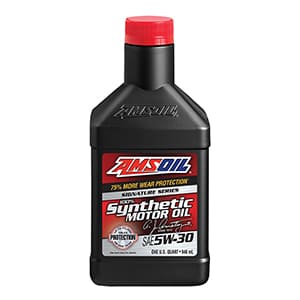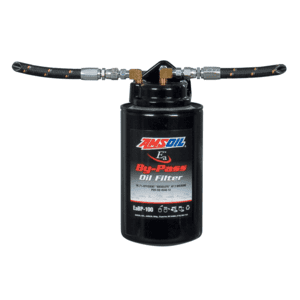Ever heard the old adage, “If your motor oil’s black, it’s time to go back?” Well, hold your horses right there! This common misconception in the automotive industry—that black motor oil spells doom and spells an imminent need for replacement—is more fiction than fact. Doesn’t matter if it’s dark as a moonless night; the truth is, motor oil color doesn’t necessarily reflect its quality or usability. Even when it darkens, that liquid gold can still offer your engine the protection and performance it needs. There’s a much better, more reliable method to determine if your oil needs a-changing: oil analysis. So, let’s dive deep and clear up the murky waters surrounding motor oil color, shall we?

Understanding Motor Oil Color
You might think of motor oil as just another item on your car maintenance checklist, but there’s a rainbow of reasons why its color can vary. From additives and engine deposits to soot particles, there’s a lot that goes into that hue.
Additives and Color Variation
Ever noticed how some motor oils look like they could double as cocktail ingredients? That’s all thanks to the additives. Signature Series Synthetic Motor Oil from AMSOIL, for instance, sports a slight red tint, kind of like your favorite sunset, thanks to its additives. Then there’s AMSOIL 0W-20 LS-VW 100% Synthetic European Motor Oil (EZT), which takes on a greenish/blue appearance, reminiscent of the ocean on a clear day, due to specific Volkswagen*-mandated additives. These additives are not just for show; they’re the secret sauce that gives each motor oil its unique characteristics and capabilities.

Engine Deposits and Oil Darkening
As motor oil makes its rounds through the heart of your car, it doesn’t just sit pretty. It picks up a few souvenirs along the way, including deposits and soot, which can give it a darker hue. This isn’t a sign of poor hygiene; it’s evidence of your oil doing its job, cleaning up the engine from the inside. From carbon deposits to sludge and the effects of heat cycles, each plays a part in the darkening saga. Like a sponge, the oil absorbs these particles, and over time, it can look as though it’s spent too much time in the sun.

Importance of Oil Analysis
Now, let’s talk about the ace up your sleeve when it comes to truly understanding your motor oil’s condition: oil analysis. This isn’t your average look-see; it’s a comprehensive check-up that tells you exactly what’s going on under the hood.
Oil Analysis Process
Think of oil analysis as your engine’s personal lab test, where a sample of your motor oil goes under the microscope (figuratively speaking). This process assesses the chemical makeup of the oil, evaluating its quality, sniffing out any impurities, and even detecting fuel dilution. It’s like giving your oil a full-body scan to see what’s really going on inside.

Guidelines for Oil Change
With all this talk of oil analysis, you might wonder, “So, when do I change my oil?” Here’s the deal: while oil analysis is the gold standard, it’s not always practical for every oil change decision. In those cases, your best bet is to stick to the guidelines laid out in your vehicle owner’s manual or the specifications on your motor oil packaging. These intervals are calculated to ensure your engine stays in tip-top shape, without falling for the visual tricks your motor oil might play on you.

Conclusion
In the end, it’s clear that motor oil color is a bit of a red herring when it comes to engine maintenance. Yes, your motor oil might look like it’s been through the wringer, but that doesn’t mean it’s down for the count. The next time you find yourself fretting over the dark hue of your oil, remember: it’s the inner qualities that count, not the outer appearance. Oil analysis trumps a visual check every time, ensuring your engine gets exactly what it needs, when it needs it. So, let’s move past the myths and make data-driven decisions for our engines’ sakes. Your car (and your wallet) will thank you.

*All trademarked names and images are the property of their respective owners and may be registered marks in some countries. No affiliation or endorsement claim, express or implied, is made by their use.
